(800) 748-5647
(800) 748-5647
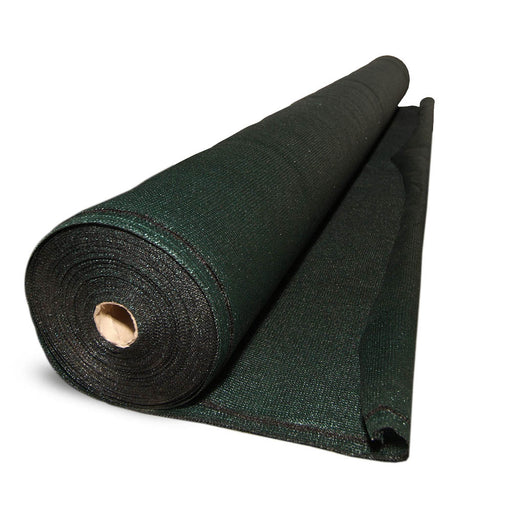 Sold out
Sold out
Boen Privacy Netting Model: PN-30059, PN-30060, PN-30061 Brand: BoenSize: 6' x 100'Square Feet / Roll: 600Specifications: Download PDF FREE S...
View full details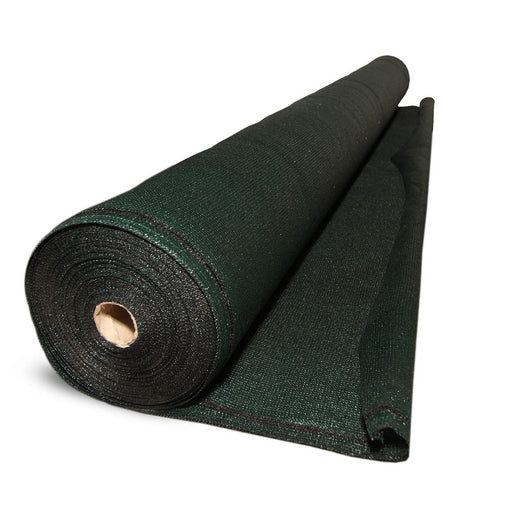 Sold out
Sold out
Boen Privacy Netting Model: PN-30004, PN-30005, PN-30006 Brand: BoenSize: 68" x 150'Square Feet / Roll: 850Specifications: Download PDF FREE ...
View full details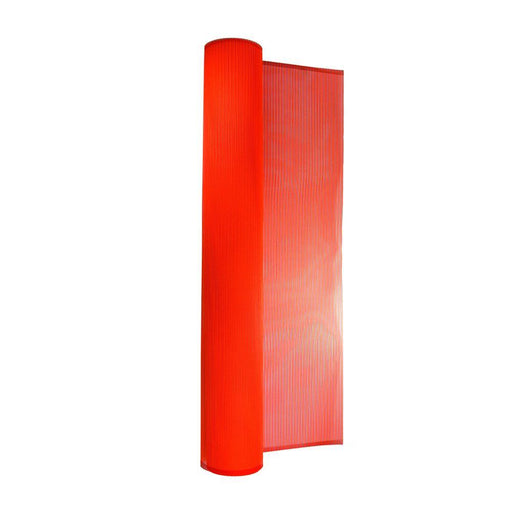 Sold out
Sold out
Boen PVC Coated Safety Netting Model: BA-20040 Brand: Boen Size: 4' x 150' Square Feet / Roll: 600 Specifications: Download PDF FREE SHIPPIN...
View full details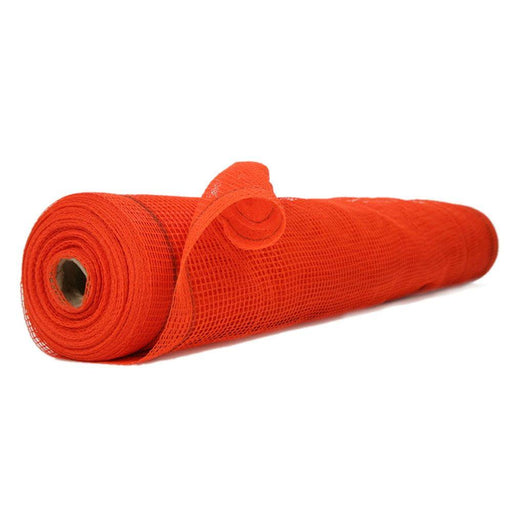 Sold out
Sold out
Boen Safety Netting Model: SN-20015, SN-20016, SN-20017, SN-20018, SN-20019 Brand: Boen Size: 8.6' x 150' Square Feet / Roll: 1,290 Specificatio...
View full details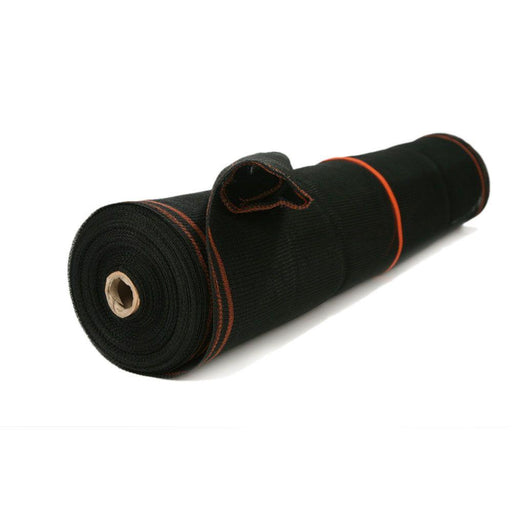 Sold out
Sold out
Boen Debris Netting Model: DN-10030, DN-10031, DN-10032 Brand: Boen Size: 8.6' x 150' Square Feet / Roll: 1,290 Specifications: Download PDF ...
View full details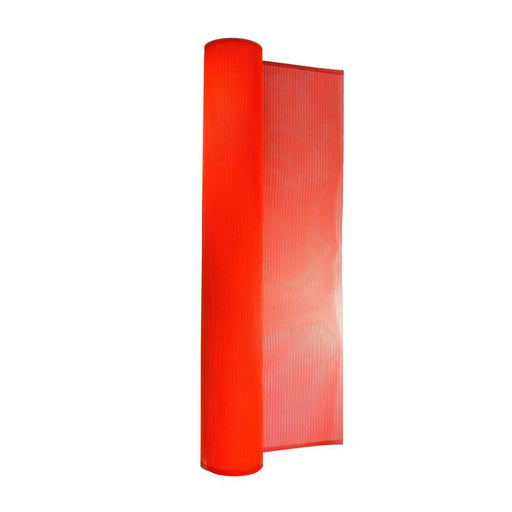 Sold out
Sold out
Boen PVC Coated Safety Netting Model: BA-20050 Brand: Boen Size: 5.5' x 150' Square Feet / Roll: 825 Specifications: Download PDF FREE SHIPP...
View full details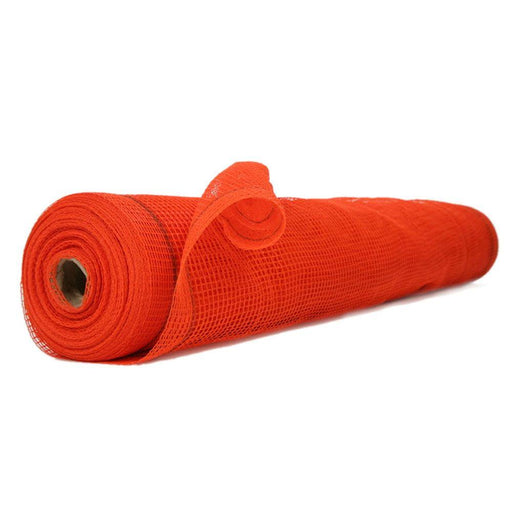 Sold out
Sold out
Boen Safety Netting Model: SN-20021 Brand: BoenColor: OrangeSize: 10.5' x 150'Square Feet / Roll: 1,575Specifications: Download PDF FREE SHIP...
View full details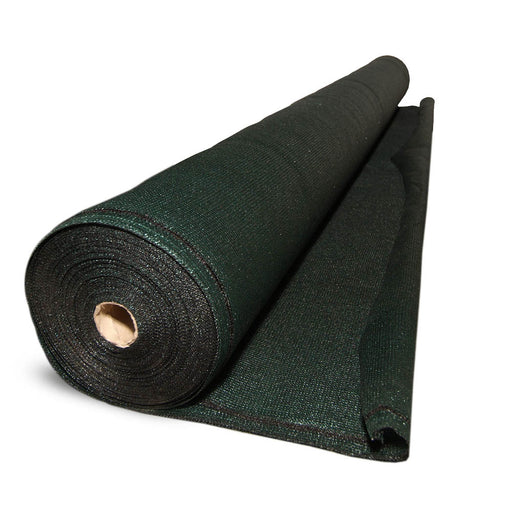 Sold out
Sold out
Boen Privacy Netting Model: PN-30009, PN-30010, PN-30011 Brand: BoenSize: 92" x 150'Square Feet / Roll: 1,150Specifications: Download PDF FRE...
View full details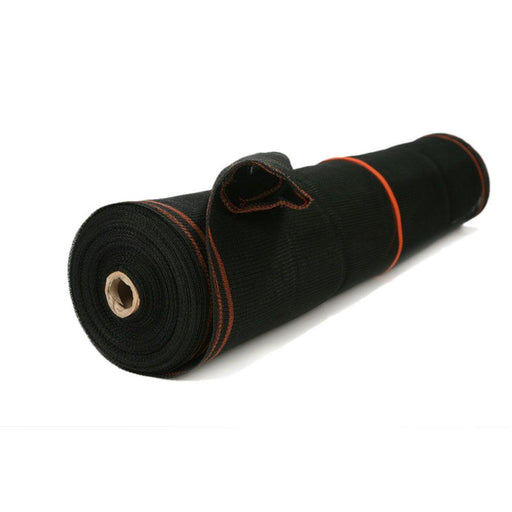 Sold out
Sold out
Boen Debris Netting Model: DN-10045 Brand: Boen Size: 10' x 150' Square Feet / Roll: 1,500 Specifications: Download PDF View our Full Selecti...
View full details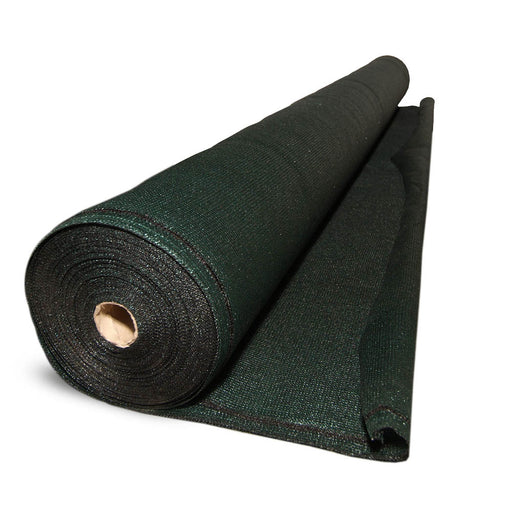 Sold out
Sold out
Boen Privacy Netting Model: PN-30012, PN 30013 Brand: BoenSize: 10' x 150'Square Feet / Roll: 1,500Specifications: Download PDF FREE SHIPPING...
View full details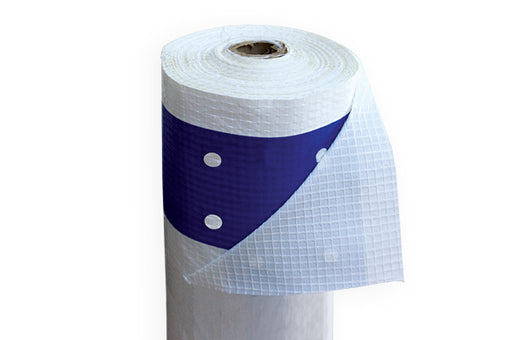 Sold out
Sold out
Boen Scaffold Netting / Sheeting Model: SS-86100 Brand: BoenSize: 8.6' x 100'Square Feet / Roll: 860Specifications: Download PDFInstallation Gu...
View full details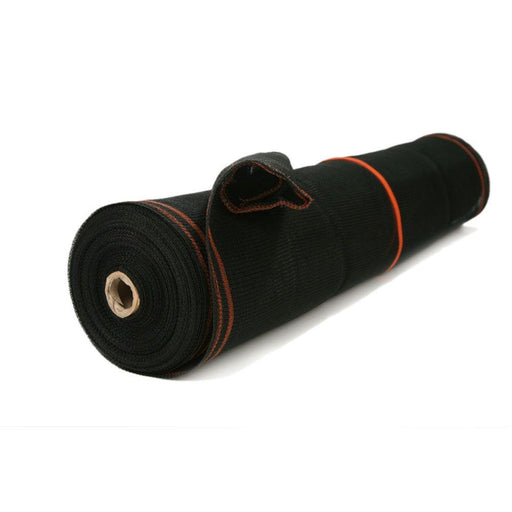 Sold out
Sold out
Boen Debris Netting Model: DN-10035 Brand: Boen Size: 10' x 300' Square Feet / Roll: 3,000 Specifications: Download PDF View our Full Selecti...
View full details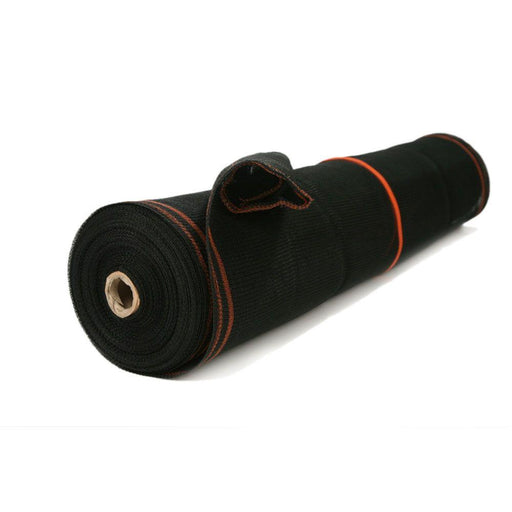 Sold out
Sold out
Boen Debris Netting Model: DN-10040 Brand: Boen Size: 12' x 300' Square Feet / Roll: 3,600 Specifications: Download PDF View our Full Selecti...
View full details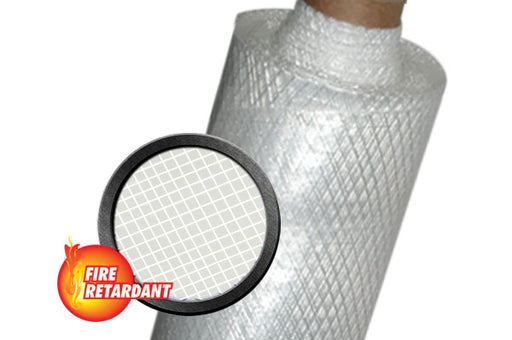 Sold out
Sold out
String Reinforced Poly Sheeting - Fire Retardant Model: PS-2100FR Brand: BoenSize: 20' x 100'Square Feet / Roll: 2,000Specifications: Download ...
View full details Debris Netting
Debris Netting
Since 2005, the official Work and Height Regulations have clearly stated that anywhere there is public access to a potentially dangerous area that is required, debris netting must be used to catch falling debris or materials. This includes dust which can cause discomfort or eye injuries.
Debris netting is made from strong, heavy-duty plastic netting. Assessments of risk levels must be addressed to determine the measure of safety needed and are installation is put in place properly. There are many good reasons for using debris netting on your construction scaffold:
• Offers containment of debris for greater safety for the protection of workers, the public, and traffic.
• Very versatile as an enclosed system that is easy and economical to handle.
• Flexible for hanging vertically or horizontally for the best coverage.
• The edges are reinforced with eyelets for easy attachment to scaffolds using wires or plastic ties.
• Allows ventilation through air movement and reduce the velocity of the wind.
• Provides shade against extreme sunlight while providing enough light to carry out projects.
• Great protection for work areas and workers against weather conditions.
• Flame Retardant
 Debris netting can be made from different materials including:
Debris netting can be made from different materials including:
• Polyester
• High-Density Polyethylene
• Polypropylene
• PVC Coated Polyester
Generally, debris netting is green in color but in some high profile locations, it can be made from printed material to match the facade of the building behind it, information about the project team or client, for advertisements, a project's time frame, etc.
Both fine mesh and heavy-duty mesh debris netting are manufactured to keep debris from falling and the size of the mesh used will be determined by the type of material required to contain debris on each project.
Some common installation sites / applications are: renovation and rehabilitation of covered bridges and historic structures. They provide installation for demolition or repair work on highway infrastructures, railroad trestles, bridges over water, elevated locations for new construction of high-rise buildings, hotels, condominiums, resorts, etc.
The bottom line, debris nets remove the hazards of falling materials during construction, rehabilitation, and renovation. The following are some projects that debris nets are perfect for:
Construction & Renovation Of Buildings:
During these projects, there is potential for falling bricks, concrete blocks, and tools being dropped that can lead to very serious injuries to workers, pedestrians, passing vehicles, and damage to the property. There are several custom debris netting solutions to stop falling items from becoming hazards.
Debris containment is often accomplished by including personnel fall protection. This is a very fine mesh liner that is sewn inside the mesh of the personnel net. This liner is designed to catch small falling objects where the heavy-duty mesh offers added strength to stop heavy objects from falling.
Demolition Of Buildings:
There are several designs that offer containment of falling debris for high-rise buildings or buildings that are slated for demolition. In a recent project installation of a vertical “cocoon' around a high-rise building for demolition, workers could demolish the building floor by floor starting at the top and working downward. This system could be easily lowered to the next floor and each level thereafter.
 Historic Structures & Buildings:
Historic Structures & Buildings:
Debris netting is perfect for protecting these structures and building from falling objects including moldings, cornices, masonry, and fragments.
For Bridges:
Debris netting is often used for many different purposes on bridges including personnel safety netting for bridges under construction, maintenance, and renovations. It is also an excellent choice for historic or covered bridges to prevent falling debris. This system will prevent permanent damage to these structures.
In other areas where falling debris is a problem, installing debris netting will give the project time to design and find a permanent solution to the problem. In cases of low fall clearance or underneath roads, netting can be stretched tightly beneath them. This will allow cars and other vehicles to pass safely while not damaging the system.
The Different Safety Nets:
Safety nets are very effective, inexpensive, and will provide personnel fall safety and the containment of debris. Although made from a variety of materials and designs, most safety nets come in two popular designs for construction sites.
• Horizontal
• Vertical
Horizontal Safety Nets:
These nets are known as perimeter debris netting and are installed in construction sites to catch items that have already fallen usually from a significant height. These items usually include bricks, hand tools, concrete blocks, and other hazardous debris. The advantage to horizontal safety netting includes a heavy-duty grade for catching people who have fallen, due to the speed of the falling item, and the weight. This netting can also be very easily moved as the construction progresses.
Vertical Safety Nets:
These nettings are green in color and are very easy to see on construction sites. Vertical safety nets are used to protect people working on the building and often installed on ledges serving as a guardrail. Vertical safety nets will protect people below from debris, tools, and other materials falling from the building. The advantages of vertical safety netting include easy installation, easy removal, easy relocation, and storage. Every process cuts down on preparation time, resulting in better productivity and is cost effective.
For more information on construction site fall system requirements pleas see the official OSHA website
